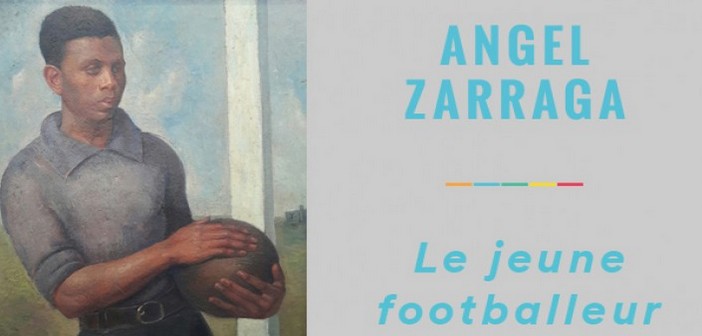Having worked for over 50 years to assemble a collection aimed at understanding the sports phenomenon from historical, sociological, anthropological, or economic perspectives, the National Sports Museum now wishes to enrich its fine arts collection with a magnificent painting by the Mexican artist Ángel Zárraga (1886-1946), “The Young Footballer,” an oil on canvas created in 1927 during a stay in Paris.
The museum considers this piece essential to its heritage collections because the painting represents the “Zarraga style”: both classical with its Cubist influence and avant-garde with its choice of models. His depiction of a black footballer is revolutionary and becomes an icon of racial equality. It is indeed one of the rare portraits from this era that illustrates a black man in a dignified posture, thus breaking the boundaries of race and stereotypes.
The acquisition of this piece is estimated at €20,000, and the National Sports Museum wishes for the greatest number of people to participate in this heritage operation. The goal is to fund part of the sale price, €8,000 (the remaining amount would be financed by the museum itself), to be collected by Sunday, November 20th inclusive.
To help finance this project, the National Sports Museum offers numerous rewards and the option to deduct support from taxes. For example, for a donation of €150, the real expense will only be €51 after tax deduction.
The fundraising campaign is of limited duration, and everyone’s support is crucial! Being a patron means becoming an active participant in the life of the museum’s collections!
Further details of the rewards and participation in the crowdfunding project can be found via the dedicated platform Ulule: www.ulule.com/acquisition-le-jeune-footballeur.
*This artist has created numerous works related to the sports world, featuring male and female athletes from football and rugby. Many of his creations have been presented in public sales and acquired at significant auctions. He is an artist heavily inspired by Cubism and particularly by Paul Cézanne.


